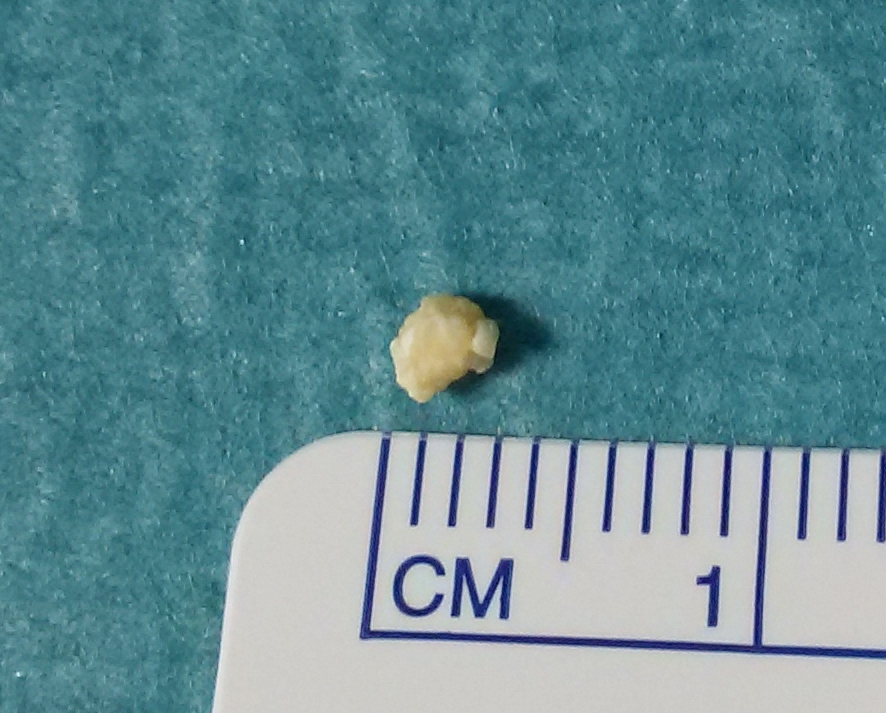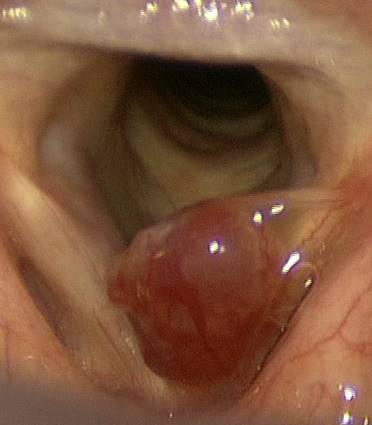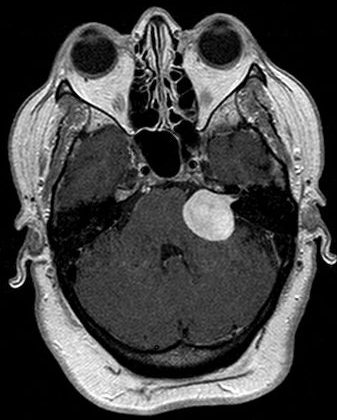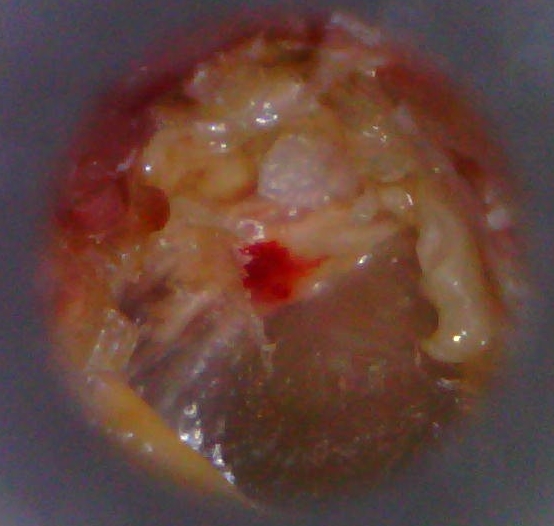 As cholesteatoma is a nest of epidermal cells that develops mainly level of middle ear ’. The cholesteatoma is not a tumor but has many features in common to neoplastic diseases, It can also increase greatly eroding and destroying adjacent bone structures.
As cholesteatoma is a nest of epidermal cells that develops mainly level of middle ear ’. The cholesteatoma is not a tumor but has many features in common to neoplastic diseases, It can also increase greatly eroding and destroying adjacent bone structures.
Most colesteatomi are acquired, associated with tympanic membrane perforations or major retractions in the same. Continue reading
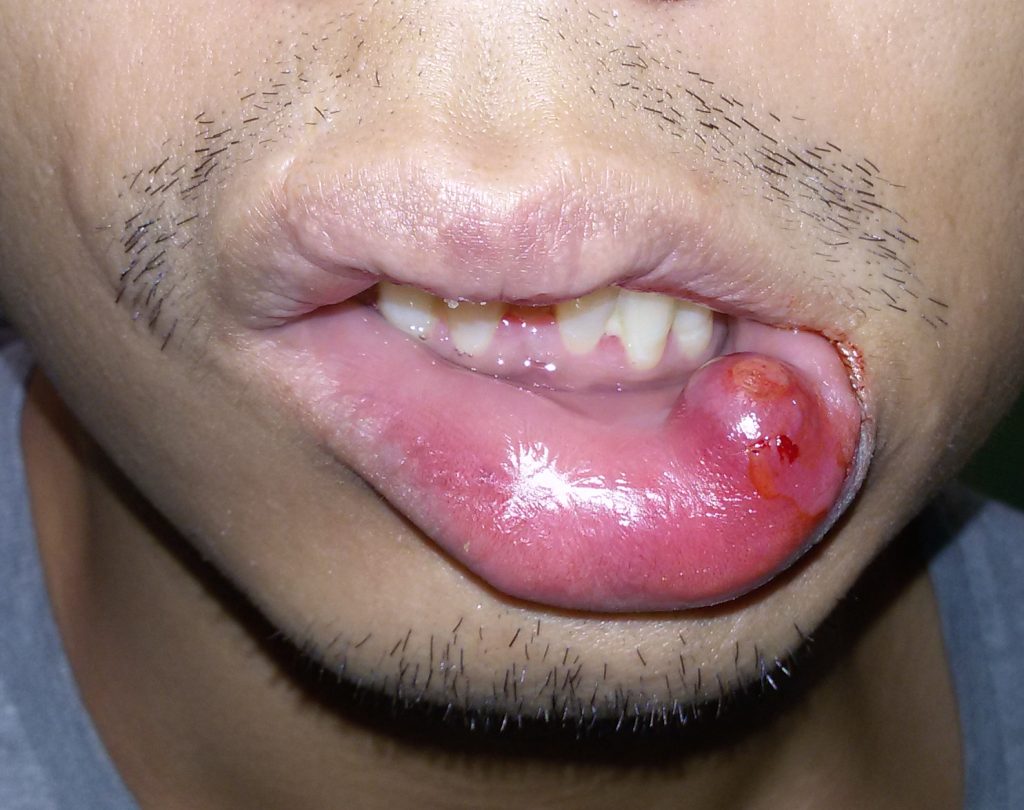
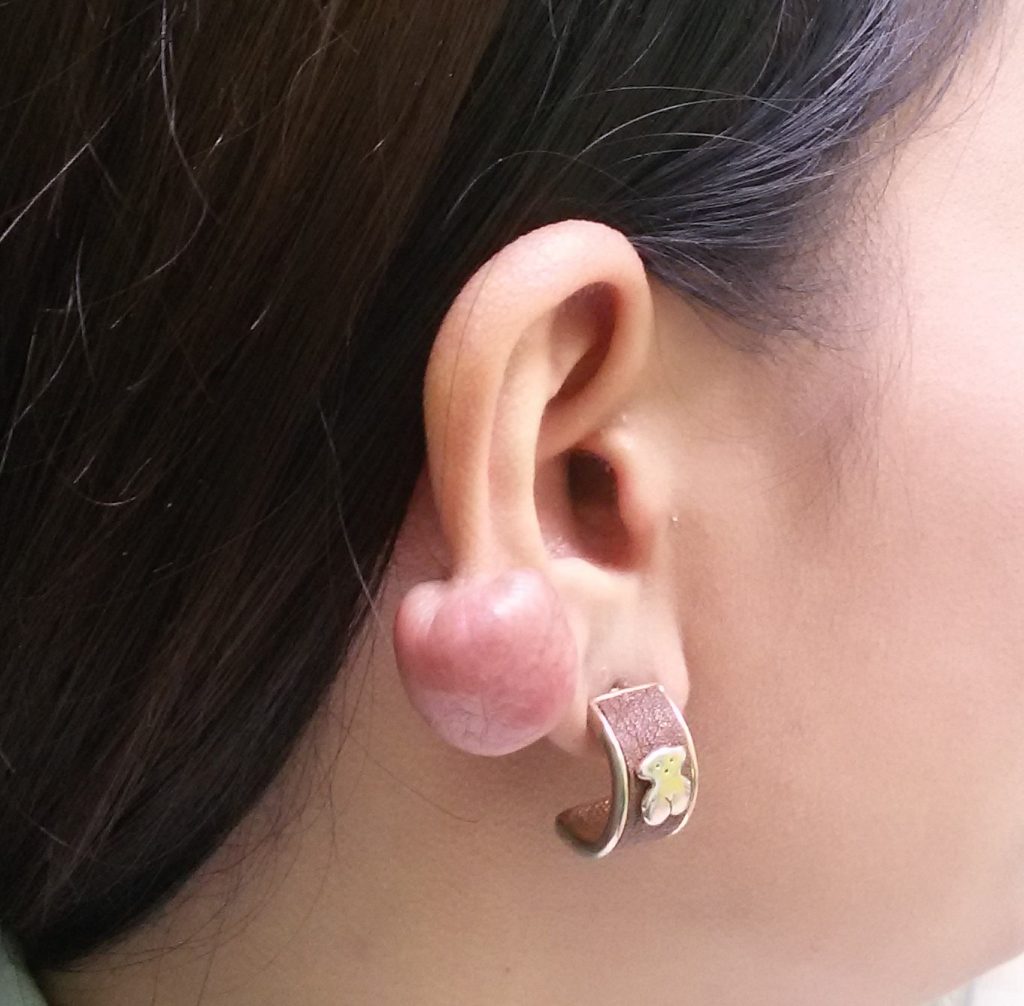 Voluminous keloid right auricle Helix revolted after making a hole for earrings. Keloids are scar after traumatisms of exaggerated responses/engravings, are due to a personal and racial predisposition (are more frequent in blacks and Asians).
Voluminous keloid right auricle Helix revolted after making a hole for earrings. Keloids are scar after traumatisms of exaggerated responses/engravings, are due to a personal and racial predisposition (are more frequent in blacks and Asians). Wegener with polyangiitis (GPA or with an old terminology Wegener's Granulomatosis) is a rare Vasculitis affecting small and medium-sized vessels that may involve many organs with predilection for the upper and lower Airways and for kidneys.
Wegener with polyangiitis (GPA or with an old terminology Wegener's Granulomatosis) is a rare Vasculitis affecting small and medium-sized vessels that may involve many organs with predilection for the upper and lower Airways and for kidneys.